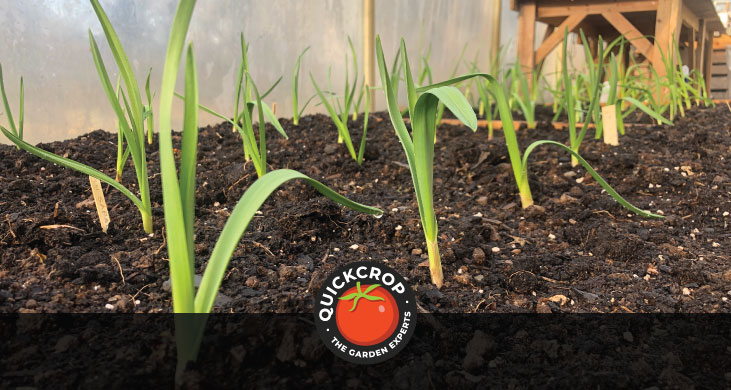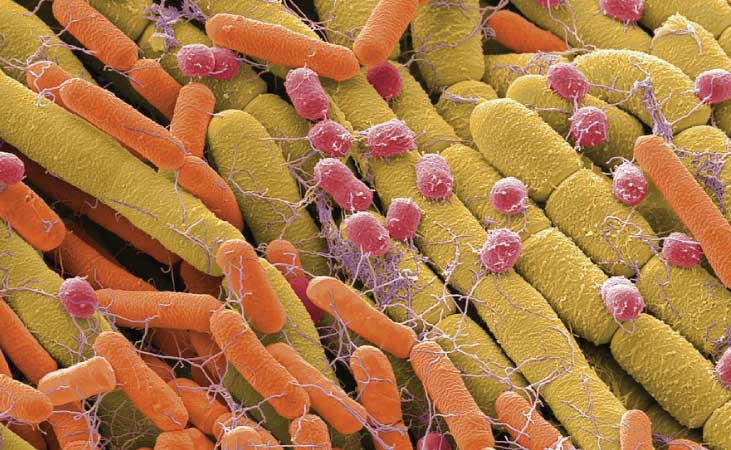What is the Best Soil pH for Growing Vegetables?

A brief explanation of soil pH
'pH' refers to how acid or alkaline a soil is. The scale runs from 0-14 and basically measures the amount of calcium in the soil. Neutral is in the middle (7), with lower numbers being acid and higher numbers more alkaline.
Areas of high rainfall are prone to acid soils, as calcium is washed out over the years. Thus you won't be surprised to learn that most soils in Ireland and the UK tend to be slightly acidic, with lower pH found in peaty soils in the West.
Why does it matter?
Most vegetables prefer a slightly acidic soil with a pH of approx. 6.5, with some crops (like cranberries and blueberries) needing a lower, more acidic reading.

Super PH Soil Test Meter from Tenax
View ProductThe issue with acidic soil below 5.0 is that some key nutrients like phosphate can become 'locked up' or unavailable to plants, while other elements like aluminium and manganese can become overly available to the extent that they become toxic.
Diseases like club root in members of the brassica (cabbage) family are more likely in acid soils, and can be controlled by raising the pH.

We also need to remember the micro-organisms or good bacteria in the soil, which process organic matter and feed it to our plants. The more acidic the soil becomes, the less active these guys are - with readings below 4.5 halting them altogether. This means no more nutrients are released, and the soil structure begins to break down.
As I've said most vegetables like a pH of about 6.5. There are, of course, exceptions to keep in mind.
- Crops like outdoor tomatoes, rhubarb, swede and turnip are happy at about 5.5
- Potatoes are able to grow as low as 5
- Asparagus, lettuce, broccoli and mint will suffer below 6 on the scale

Super Soil Test Kit (60 Tests)
View Product
How do I Test my Garden Soil?
Soil can be tested with an electronic soil test meter, a simple litmus type kit or - if more accurate result are needed - a full lab test. As a rule of thumb, if you have a good earthworm population and crops are growing well you can assume that you don't have a problem.
It may well be worth testing your soil if:
- earthworms are scarce
- there is moss growing on the surface
- you have acid tolerant weeds like docks, sorrel and rushes

Vitax Calcified Seaweed - 2.5kg
View Product What to Do if Your Soil is too Acidic
Low pH can be cured by adding calcified seaweed or lime. I prefer calcified seaweed as it also contains trace elements (and you are less likely to overdo it). Lime dressings should only be added every 3rd or 4th year, with lighter applications recommended; they should not be added with manure or compost.
As most soils in the UK and Ireland are on the acidic side, it is highly unlikely you will have a problem with high or alkaline pH.




